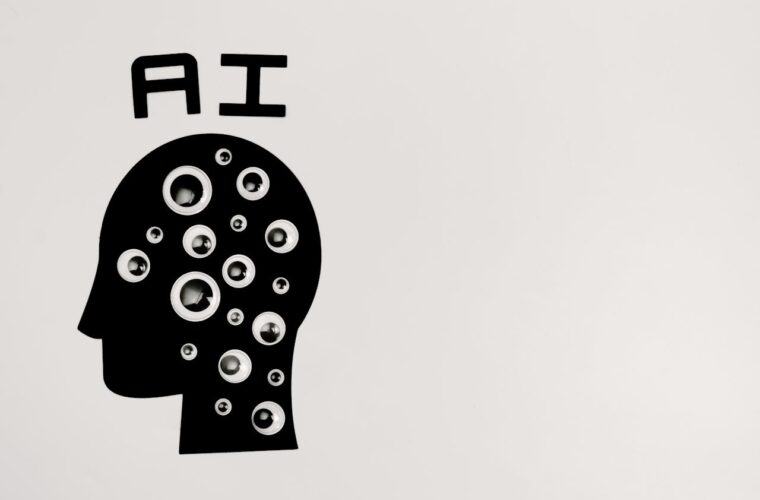A recent survey conducted by Check Point and Cybersecurity Insiders provided insight into adopting and implementing artificial intelligence in the cybersecurity industry. The research surveyed hundreds of professionals from various industries, analyzing how AI is being used, how companies prioritize it, and how it affects the workforce. Participants’ responses reveal a picture of caution and slow adoption of AI. Despite the recognized potential of AI and machine learning in cybersecurity, many organizations are still evaluating the benefits and risks associated with these tools. Only 24 per cent of respondents classified AI implementation as “maturing” or “advanced,” while 61 per cent described it as in the “planning” or “development” stage. In addition, 15% said they had never implemented AI or ML in their cybersecurity activities.
The survey also explored the specific cybersecurity functions enhanced by AI and ML. Detection of malware, malicious software that can damage computer systems, ranked first with 35 per cent, followed by user behaviour analysis and supply chain security. However, few companies use AI for security posture management, which involves assessing and improving overall security, or for antagonistic AI research, a field that studies how to defend against malicious AI, showing that adoption of AI-specific applications is still limited.

Regulatory and compliance challenges
One of the main obstacles to the rapid adoption of AI is the ever-changing regulatory landscape. Companies face significant challenges in remaining compliant with new laws and government guidelines regarding AI and cybersecurity. This makes AI implementation complex and costly, contributing to its slow and cautious adoption. Despite the difficulties, AI is considered an important priority for the future of cybersecurity. Ninety-one per cent of respondents believe AI is a priority for their organization, compared with only 9 per cent who do not. The promise of AI to automate repetitive tasks and improve anomaly and malware detection is clear, with 48% of respondents seeing it as the area of greatest potential. In addition, 41% of respondents see great potential in reinforcement learning. This machine learning technique allows systems to learn through rewards for correct actions for dynamic security management, although only 18% currently use AI for this function.
Impact on the workforce
The integration of AI into cybersecurity also has an impact on the workforce. 49% of respondents identified new skills required by AI, while 35% noted a redefinition of roles. However, there is a clear division on the effect of AI on workforce size: 33% saw a reduction, while 29% saw an increase in the workforce. When asked about using generative AI without internal controls for data quality and governance policies, 44% of respondents disagreed or strongly disagreed, while 37% agreed or strongly agreed. This division underscores the lack of consensus and perhaps awareness of the importance of such controls regarding AI.
Check Point’s research ultimately underscores the crucial role of AI in improving cybersecurity measures. Indeed, AI can automate repetitive tasks, improve threat detection and response, and provide significant value to customers. However, caution and planning are critical to ensure that AI is used responsibly and in compliance with current regulations.



